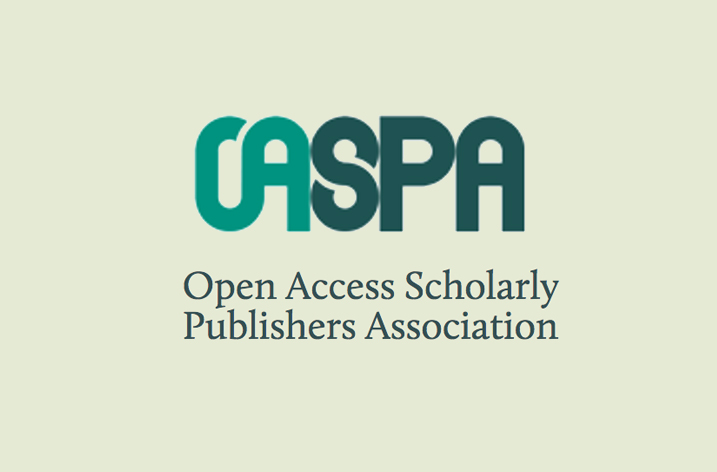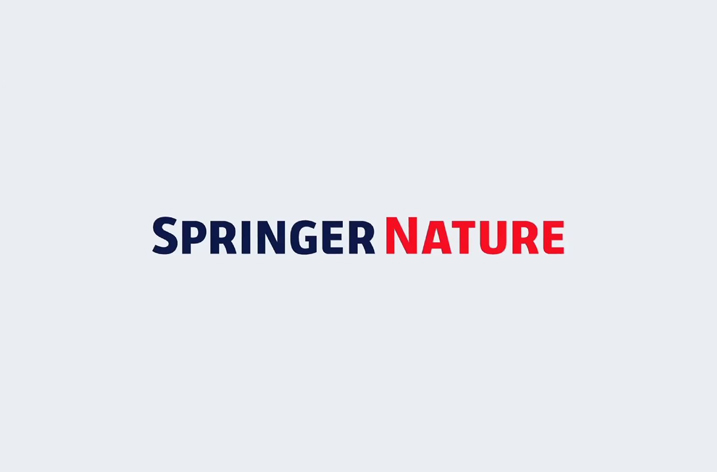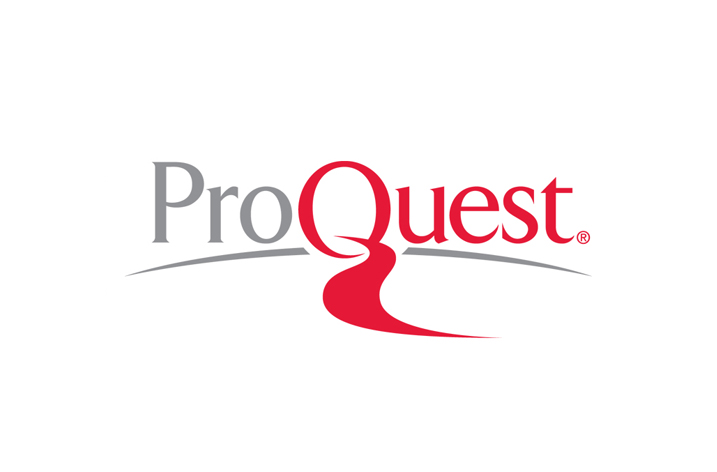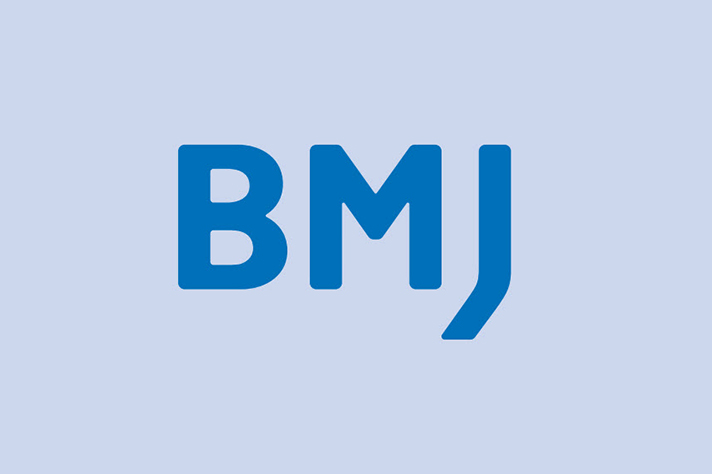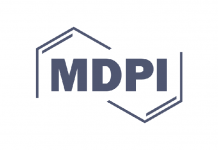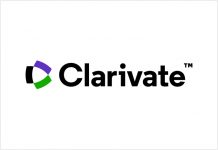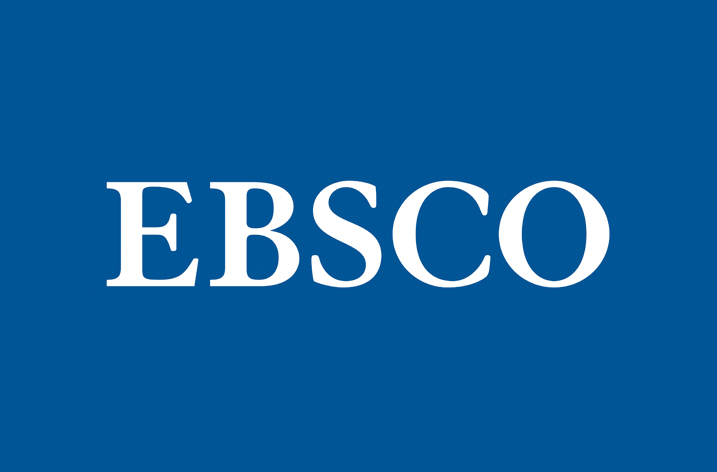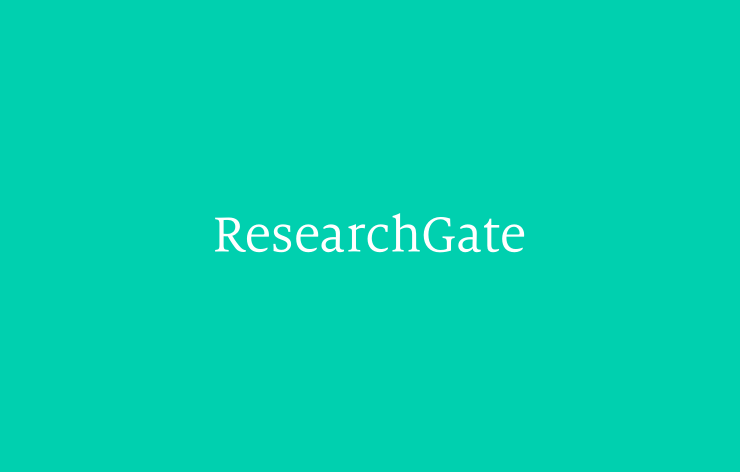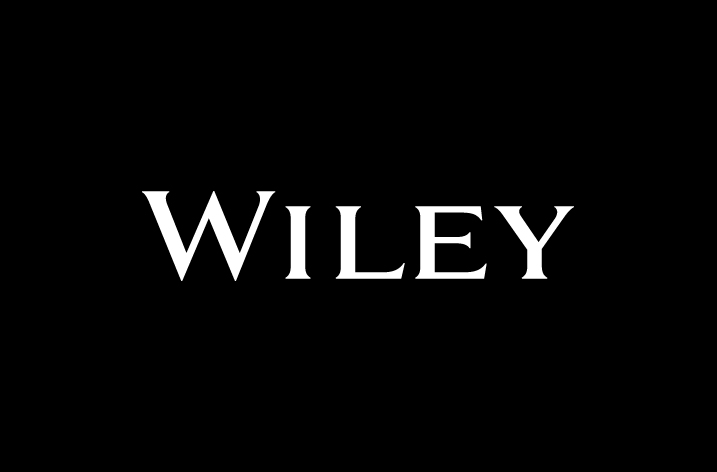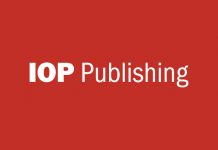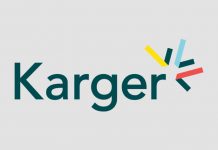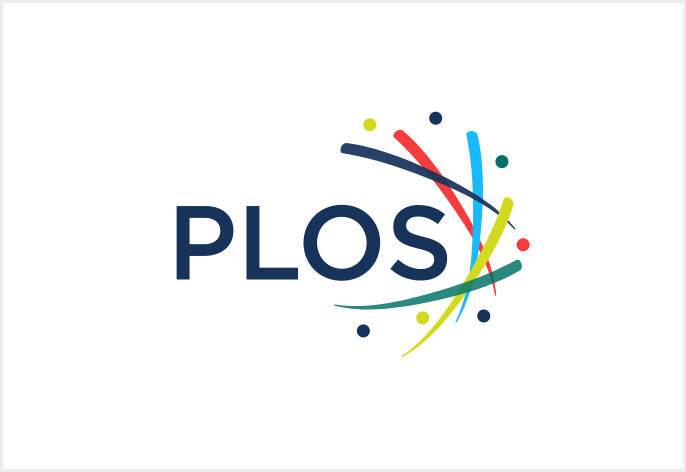
We’re pleased to once again share our annual reporting from the Plan S Journal Comparison Service to give our community insight into how our publication fees are used to support journal activities.
Price transparency snapshot for 2023
The data in the table below reflects the reporting we provided to the Journal Comparison Service at the end of 2024 covering the year 2023. It’s based on the publication fee for a Research Article in each journal at that time and the services we provide for each article we receive (not just those which are ultimately published).
While the price breakdown among the broad categories provided by the framework remains largely the same year to year, we are always innovating to meet the needs of our communities. In 2023 we invested in processes, tools and systems to further support our high publication ethics standards, as well as strengthening our overall digital infrastructure to meet growing submissions.
Of course, there are always variances between journals in line with differences in their editorial models and development stage. Community Development, for example, takes a greater share of the allocation for our newer journals as we continue to establish those journals in their respective fields. We encourage you to look back at our original post for more detail on key differences between our journal models.
You can find our full report from the framework in this spreadsheet.
| 2023 APC price | % of price for journal and community development | % of price from submission to first decision | % of price for peer review management | % of price for services from acceptance to publication | % of price for services after publication | % of price for platform development | % of price for sales & marketing to customers or of articles | % of price for author and customer support | |
| PLOS Computational Biology | $2,841 | 10% | 14% | 12% | 18% | 8% | 11% | 18% | 9% |
| PLOS Digital Health | $2,575 | 21% | 11% | 10% | 18% | 8% | 13% | 10% | 9% |
| PLOS Genetics | $2,841 | 12% | 14% | 13% | 17% | 8% | 10% | 17% | 9% |
| PLOS Neglected Tropical Diseases | $2,670 | 11% | 13% | 11% | 18% | 8% | 12% | 18% | 9% |
| PLOS Pathogens | $2,841 | 10% | 14% | 12% | 18% | 8% | 11% | 18% | 9% |
| PLOS Biology | $5,500 | 20% | 23% | 19% | 11% | 5% | 5% | 12% | 5% |
| PLOS Medicine | $6,300 | 16% | 18% | 16% | 12% | 6% | 7% | 18% | 7% |
| PLOS Sustainability and Transformation | $3,000 | 30% | 13% | 12% | 13% | 6% | 10% | 9% | 7% |
| PLOS Climate | $2,100 | 21% | 25% | 14% | 11% | 10% | 8% | 6% | 5% |
| PLOS Global Public Health | $2,100 | 21% | 14% | 12% | 15% | 8% | 12% | 10% | 8% |
| PLOS Water | $2,100 | 21% | 28% | 14% | 9% | 10% | 7% | 6% | 5% |
| PLOS One | $1,931 | 12% | 14% | 11% | 16% | 8% | 12% | 18% | 9% |
Beyond the APC
While the data above are based on the standard publication fee for each journal, PLOS has long been working to reimagine more equitable and sustainable models for open access publishing that do not rely on APCs. Each of our journals are currently supported by institutional business models to address different challenges such as the high-cost of selective publishing and regional economic disparities.
As a non-profit organization, PLOS also works alongside researchers, librarians, and funders to redefine publishing norms and effect positive change. In 2024 we received three major grants to advance this work: a 3-year funding package from the Gates Foundation which will support PLOS during our transition to APC-free publishing and funding support from the Gordon and Betty Moore Foundation and Robert Wood Johnson Foundation launching our 18-month Research and Design project which seeks to transform publishing models to ensure that science is open, recognized, and accessible to all.
We’re excited to provide updates on the R&D project throughout the year. You can also find more information about our finances and strategic initiatives on our Financial Overview page.



